With Brendan Rodgers’ philosophy finally coming to fruition at Liverpool, we analyse the season thus far and how the improvements have come about. Article by these Football times.

Out of darkness comes light. After a tough opening to the domestic season for Liverpool, the Reds are finally beginning to gel under Brendan Rodgers and affect his innovative football philosophy on a consistent basis. A disappointing exit from the Europa League has been negated by real consistency and verve in recent Premier League performances. The highest league scorers of 2013 are finally beginning to resemble a Premier League force again.
After a tough start to the season which saw Liverpool languish in the bottom half of the table alongside relegation candidates, recent evidence suggests a top four finish, however challenging, is a possibility. Not that a failure to attain Champions League qualification would represent a failure, of course. The key is qualifying for Europe – the Champions League would be a mere bonus. Home form in 2013 demonstrates Rodgers’ men are finally finding the confidence to assert themselves in front of the Kop and play games at their own tempo. Furthermore the stats don’t lie – Liverpool are passing forward more than any other team in the Premier League this season and creating the most chances. The list, in fact, goes on. Most shots. Most midfield possession. Quick counter attacking speeds (5/6 metres per second).
We look at what the rest of the campaign, and longer term future, holds for the Merseyside giants.
After spending much of the early 2012 summer flirting with a range of managers including Andre Villas-Boas and Roberto Martinez, Liverpool finally secured their first choice, promising young Swansea manager Brendan Rodgers, on 1st June. The mission was simple; rebuild Liverpool football club, qualify for the Champions League and integrate some of the young stars into the first team.
From a financial perspective, the importance of the aforementioned points cannot be understated. The reality is, since 2004, no Premier League team has spent more on net transfers than Liverpool. In addition no side has also recruited a higher number of players and witnessed a greater turnover in the first team squad than the Reds. Of course this needs to be placed in to some kind of perspective. Winning the Champions League, reaching another final and winning the FA Cup are just rewards for heavy spending. Factor in a League Cup and success has been relatively consistent, albeit far from overwhelming.
The question is, has the reward negated the spend? In short, no. Even the most ardent Liverpool fan will admit to a sense of underachievement in the past three years after a season of promise that resulted in a runner up spot in 08/09. Many pundits will argue that Liverpool should have won the league that year considering the overall strength of a squad boasting a firing Fernando Torres, a peaking Steven Gerrard, Argentina captain Javier Mascherano and the brilliant Xabi Alonso. But the facts remain – Liverpool were runners up. As the clubs greatest manager, Bill Shankly, once remarked “If you are first, you are first. If you are second, you are nothing.” Times have changed for Liverpool but the yearning to live through such a period remains.
So, after the relative underachievement and false dawns of the Roy Hodgson and Kenny Dalglish (return) periods, what can Brendan Rodgers achieve?

Firstly, it appears his philosophy sits well with Liverpool supporters. For a club that built its success on the notion of pass and move, the new man’s methods of coaching and footballing ideas will work well. It harks back to a bygone era where quality of football mattered on the Kop. Perhaps this innovation is what Liverpool fans have craved for some time now. Perhaps Liverpool didn’t need stability after Rafa Benitez, they needed creativity.
Rodgers is exactly that. He’s built his career on creative thinking, although not always with the desired results. His periods at Watford and Reading symbolized the early career of a young innovator. Perhaps he tried too much. He came back with a bang at Reading, more flexible and more experienced, and his success was palpable. Fast forward twelve months and the same effect is evident at Liverpool. His creative thinking and modern ideas were well executed against Spurs last weekend.
2-1 down, he brought on Joe Allen in the 59th minute. The commentator asked why. Perhaps some fans even questions why he took off the creative Coutinho and replaced him with a more subtle, passing machine. Thirty minutes later, 3-2 up, the decision clearly paid dividends. Rodgers realised the need to control possession and push Spurs further into their own half. They were asserting authority and creating chances. Liverpool, defending well, needed to retain possession and stem the tide. Allen did exactly that. He intercepted two key passes, made one excellent tackle and had an 82% pass success rate. The numbers aren’t overwhelming but they helped Liverpool settle.
The decision was one of a thinking man. An innovator who sees the game in its simplest form. In very different contexts, it’s a decision that was reminiscent of Didi Hamann coming on in the 2005 Champions League final to negate the threat of AC Milan. It was the decision of a manager who saw things slightly differently to the rest.
With modern coaching methods and an assistant in Colin Pascoe who is well known for his technical and high tempo sessions, Rodgers may just be the perfect fit for Liverpool. The perfect fit, however, can take time to mould into the perfect results. The first three months of the season were littered with inconsistency. Note, the word ‘results’. In spite of the ongoing trouble to move into a healthier league position Liverpool were still dominating most games they played. In fact, during the opening three months of the season, it’s difficult to pick out one game in which they were comprehensively outplayed except for Arsenal at Anfield. The issue was almost as simple as poor shot conversion. The Reds were missing chances and being punished for a lack of concentration at the other end.
Perhaps having one striker was a difficult scenario for Rodgers – not merely because of the widely reported lack of squad depth, but because the manager likes his forwards to play close together. As he demonstrated at Swansea, he liked Sinclair joining the last line of attack and playing an incisive inverted wingers role off the left. Frequently Sinclair would break the offside trap and penetrate in behind. The reality is, at Liverpool there was nobody to do this. While Sterling has proved to be a scintillating prospect, he is learning his trade thus the quality of his runs can be questioned at times. This of course isn’t to say Sterling won’t improve but movement off the ball comes with experience. Furthermore, the best players are the ones who don’t just move, but move intelligently. In time, Sterling will acquire this talent on a consistent basis.

Coutinho, impressive in his first few games, is this player. He can take the man on both ways. He’s got assists coming in on his right and off his left already in his short Liverpool career. Coutinho is the archetypal inverted winger. Quick over the first 10 yards, with and without the ball, he can shoot, pass and cross. He’s perhaps the missing link the in Rodgers system.
In addition to forwards off the lone striker who tuck in and play higher up the pitch than a traditional winger, Rodgers also enjoyed sending his full backs in to the opposition half. Neil Taylor and Angel Rangel held much of Swansea’s width throughout last season, enabling his players to exercise their advanced technical skills by overloading in the central areas. Perhaps this is why the likes of Joe Allen and Leon Britton touched the ball more than any other player in the Premier League last season.
In recent weeks, evidence of Rodgers philosophy taking shape at Liverpool has come to the fore. During the 5-0 drubbings of Norwich and Swansea, Glen Johnson played just over 70% of the game in the opposition half. He was also the widest player for Liverpool. Stats aside, just watching the games was enough – it was visibly clear that Johnson was told to push higher up and offer the width. While this enabled Liverpool to continue to play cross field passes and stretch the opposition, against Norwich, it also forced Robert Snodgrass back as he doubled up with Russell Martin.
The opposite full backs to Johnson, be it Enrique or Wisdom, have pushed further ahead than previously, frequently found penetrating in the opposition box. Enrique’s assist against Spurs on the weekend was testament to this.
So how is this possible?

Playing Downing on the right has been the first step. As an inverted winger, he is superb at closing down space high up the pitch thus winning the ball back closer to the opposition goal. Rodgers’ theory is common among modern managers; winning the ball 30 yards away from the opposition goal is more likely to yield a productive counter than winning the ball 60 yards away. Downing has also adapted his game in recent months. His average pitch position when receiving the ball is 12% higher than at the same time last season. As a result he has hit more shots and delivered first time assists.
With Suarez and Strurridge both playing central roles and alternating between dropping and sitting on the line, space has opened up on the opposite flank. Whether it’s Johnson or Enrique, the left flank appears to be the preferred method of counter attack for Liverpool at the moment. While controlled, built up attacks focus on the right side, balls are frequently switched left to counter at pace through the full back and Coutinho’s creativity.
Finally, on this tactical issue, Lucas has also been integral on his return from injury. One of the league’s most intelligent holding midfielders, his endeavor, work rate and stamina is vital in helping cover the left side. On a flank that is occupied by one man at times, it’s vital that a midfielder can offer the necessary support. Perhaps one of football’s best examples of this was Real Madrid with Roberto Carlos and Zinedine Zidane on the left. As the mercurial Frenchman tucked in, Carlos was left with the entire flank. With Makelele’s energy and intelligence supporting Carlos, the side stayed clear. That said, Carlos’ energy, just like Enrique or Johnson, helps.
With Sturridge on board at Liverpool and heavy links to talented players across Europe, it appears Rodgers is also stamping his authority on the make-up of the squad. His days as a youth coach have built his trust in younger players so we can assume the likes of Sterling, Suso and Wisdom will be sticking around and becoming an integral part of Liverpool over the coming years. The signing of Sturridge is designed to help on the shot to goal ratio. With four goals in five starts, the young England striker has begun well. Time will tell as to his long term success, however, as consistency will be the key for the former Chelsea man.
As Liverpool progress tactically and bring in the players who the manager sees best executing his philosophy, what does the future hold?
Off the field, many questions remain. The stadium issue continues to dominate much of the board’s time. Redevelop Anfield? Build new? Either way, for the Reds to compete commercially against the powerhouse of the Manchester clubs, Arsenal, Chelsea and even Tottenham, it’s an essential cog to the machine.
Major sponsorship deals with Warrior, Standard Chartered and Chevrolet have given Liverpool a cash injection that needs to be used wisely in the transfer market. There’s little scope for expensive errors at this crucial stage in the Reds future so Rodgers needs to be sure of the players he brings in. Success on the field will ultimately lead to success off it; just ask Arsenal and Manchester United. A new stadium cannot guarantee a league title or a European Cup; but a league title or European Cup can go a long way to securing the finances for a new stadium.
Aside from the numerous talents coming through the academy, on the pitch it appears the Reds are getting stronger as each game passes. Finishing fourth is tough proposition, not because the squad lacks the necessary quality, but because of the battle for the position. Arsenal, Tottenham and Chelsea are realistic contenders for the coveted Champions League spot. Perhaps it will come down to the record of these clubs against each other. As Steven Gerrard eluded to after the Norwich game, the Reds will need to improve their record against those around them if they’re to stand a real chance of achieving fourth.
The future is bright for Liverpool and the fans have cause for genuine optimism. The squad is young, funds are available for transfers and for the first time since 2004, a manager has been appointed whose innovation and superb man management skills are winning the players and fans over.
For Liverpool fans, they’ll be hoping they can continue walking on with hope.
[sws_red_box box_size=”600″]Article submitted by these Football times. The revolutionary free online magazine for fans and coaches. Tactical/Performance Analysis, groundbreaking articles and innovative Coaching Resources.[/sws_red_box]
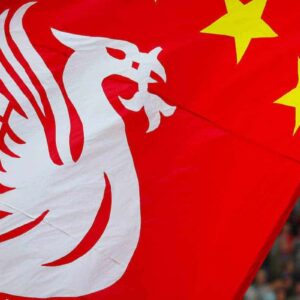
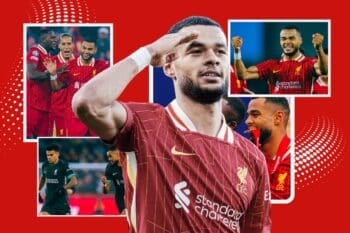

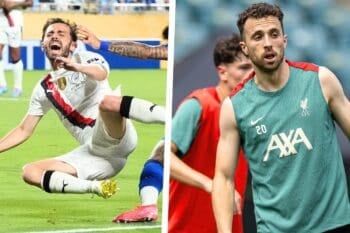
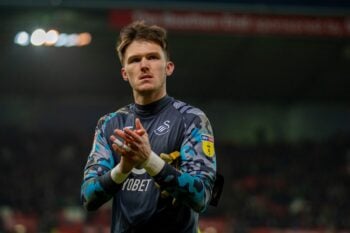

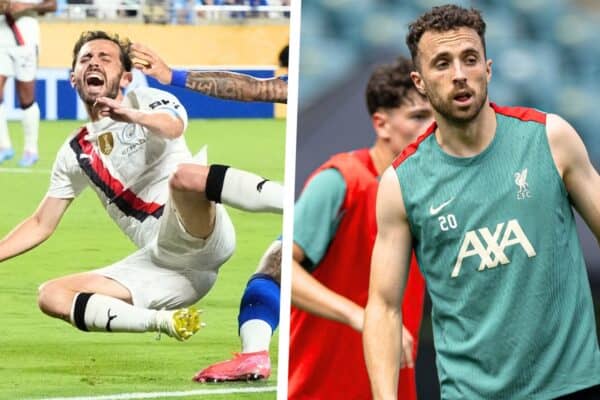
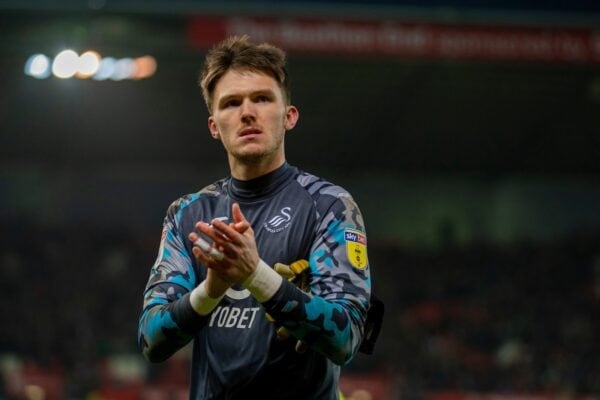

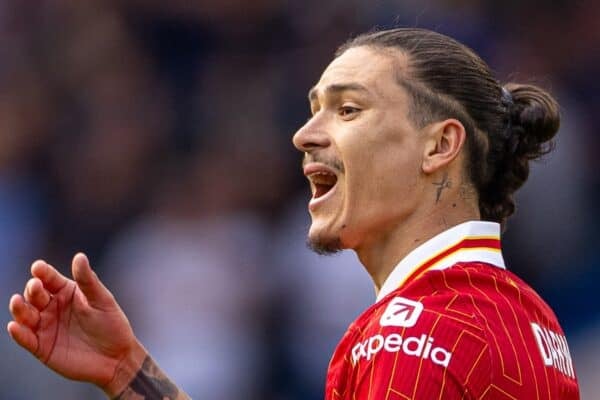
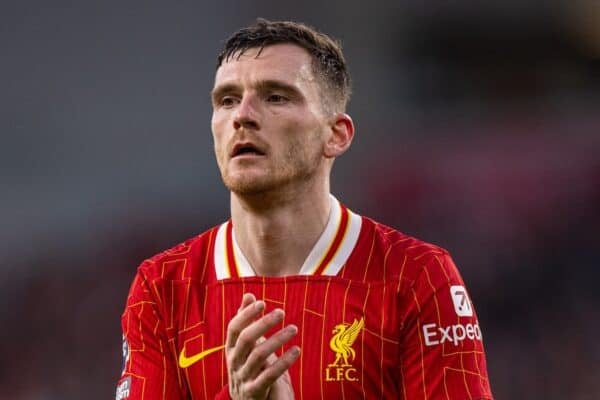
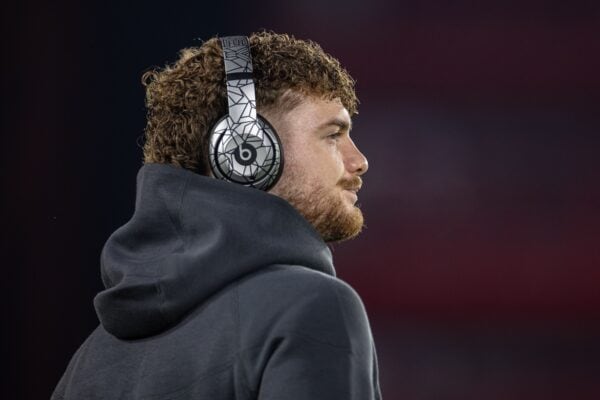
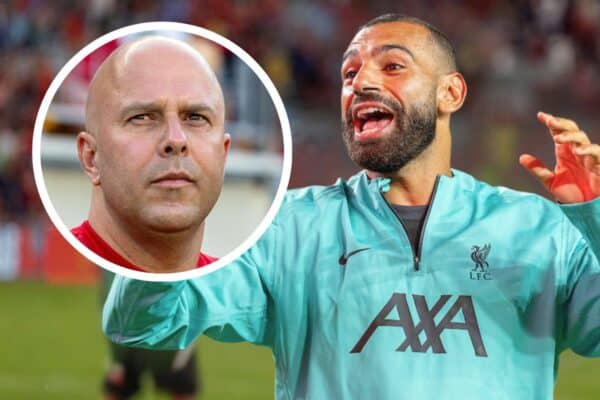


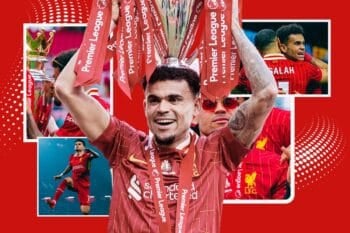
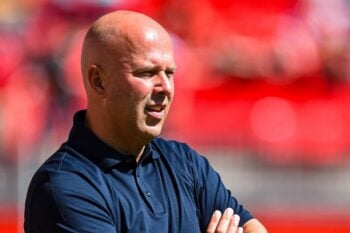
Fan Comments